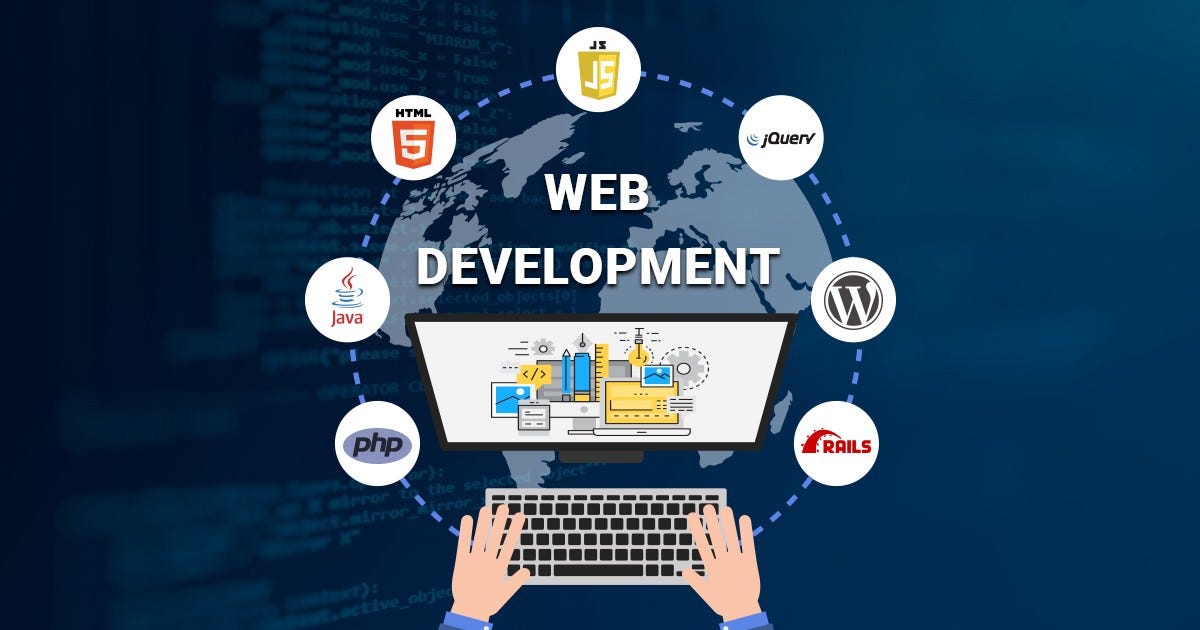
The foundation of any web site's success lies in careful plan and strategy. Before you begin the coding and design phases it's crucial to establish the purpose, goals, intended user base, as well as the most important features of the site. Conducting research on market trends and competitor analysis can provide valuable insights into industry trends and the expectations of users. This initial phase sets the course for the whole design process and ensures every decision made thereafter is aligned with the ultimate goals of the project.
The user experience (UX) is an important element of web development that directly impacts visitor satisfaction as well as engagement. UX design involves creating intuitive interfaces as well as optimizing usability in order in order to help users quickly achieve their objectives. This covers all aspects of responsive design, from responsive layout for smartphones to user-friendly navigation menus, and clearly defined calls to action. With a focus on user-friendly design Website developers can boost engagement, reduce bounce rates and eventually drive conversions.
With the design approved, developers shift their focus towards the technical aspect of Website Development. This involves writing code - the programming language used on the internet that allows the design to reality. From HTML to structure content to CSS for styling and JavaScript for interaction, developers use a range of software and techniques to convert visual ideas into functional websites. The importance of accessibility and speed is emphasized throughout this process, ensuring that the site is not just visually pleasing, but user-friendly and fast-loading across various platforms. To gather more information kindly go to Iabcd

The evolution of website development has been affected by advancements in technology as well as changing consumers' expectations. Mobile devices' growth has forced developers to adopt responsive design principles, prompting developers to put a premium on responsiveness and flexibility across all platforms. In addition, the rise AI (AI) and machine learning has empowered developers to design personalized and even predictive experience, using data to tailor content and recommendations specific to the needs of each individual user.
Security is another critical element of web development to be considered. As cyber-attacks become more sophisticated, the need to protect sensitive information and safeguarding the integrity of the website is paramount. This requires the implementation of robust security measures such as encryption, firewalls, and regular security audits to identify and eliminate vulnerabilities. Additionally, adherence to laws governing the protection of data such as GDPR and CCPA is vital to ensure the trust of users and to avoid legal penalties.